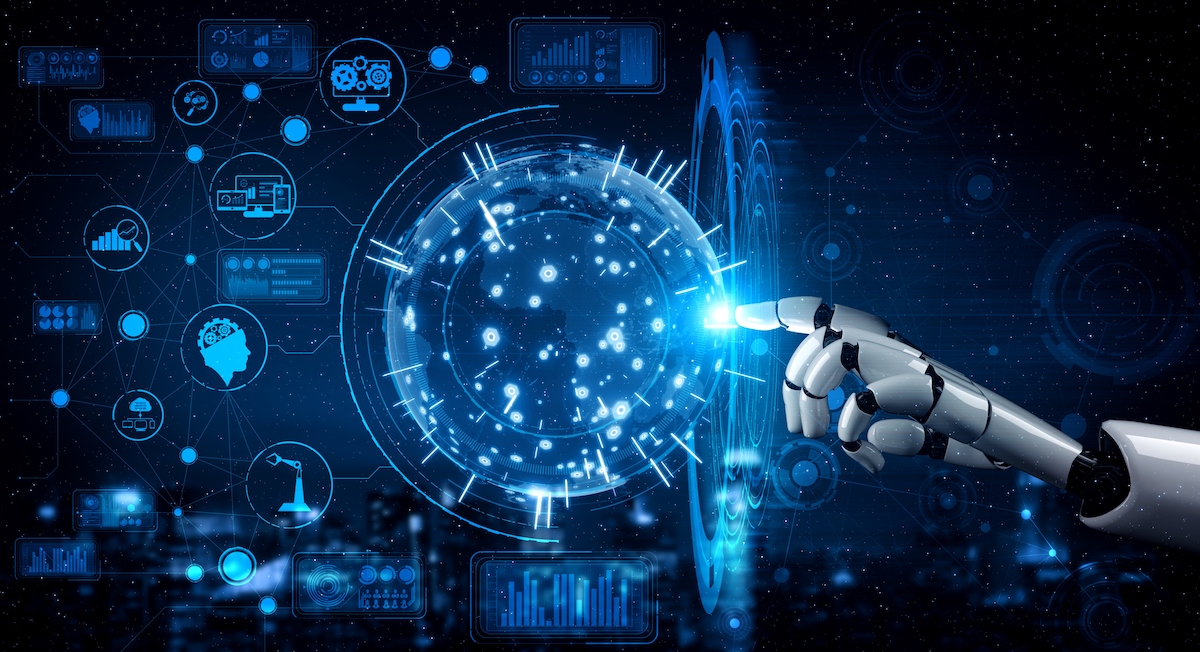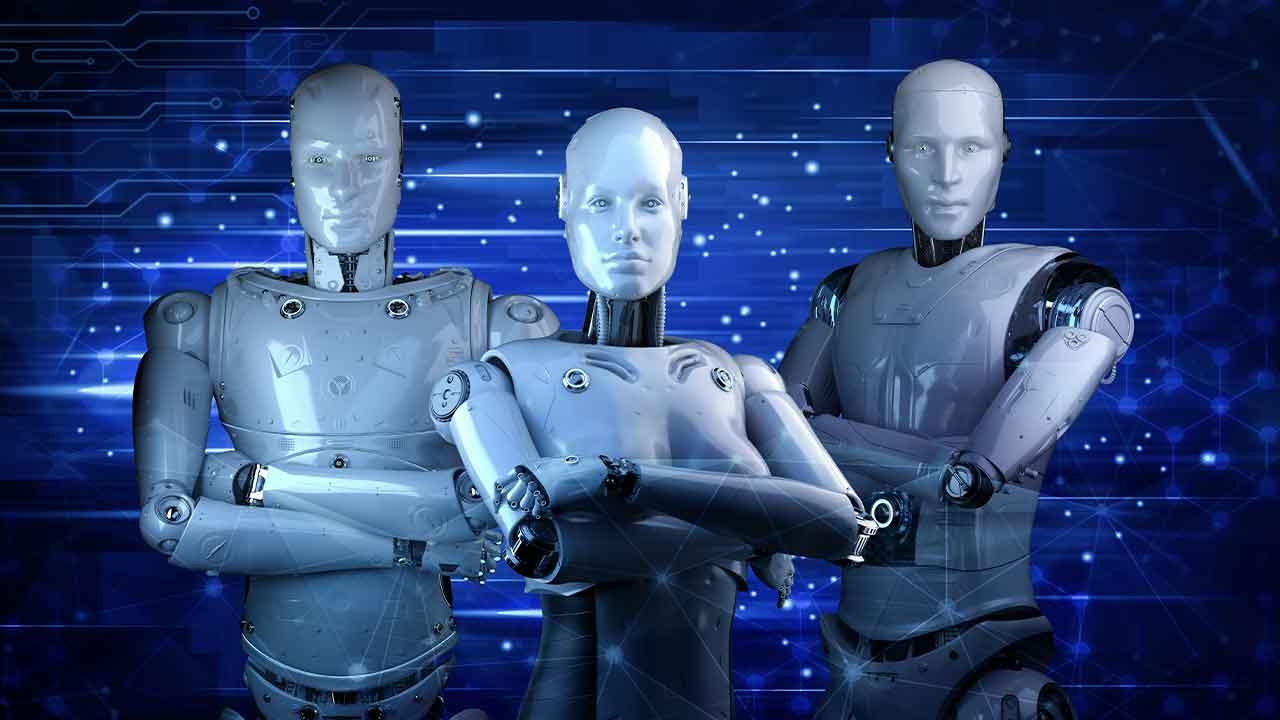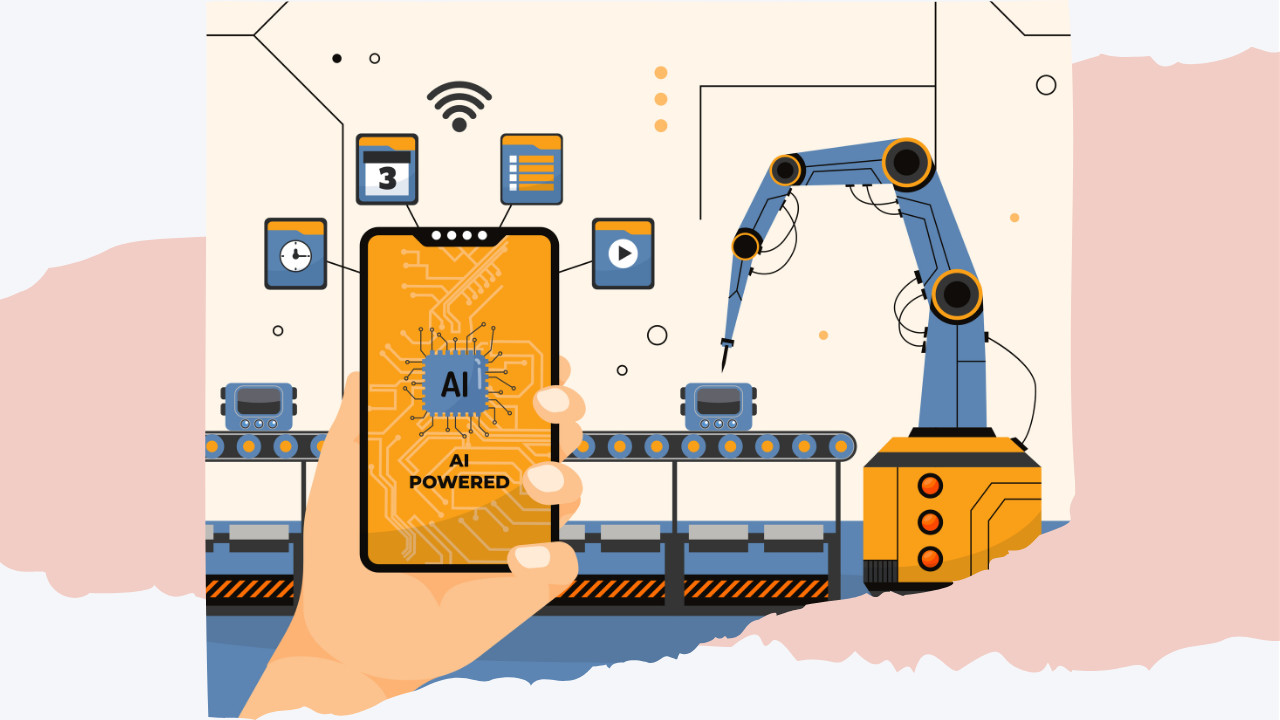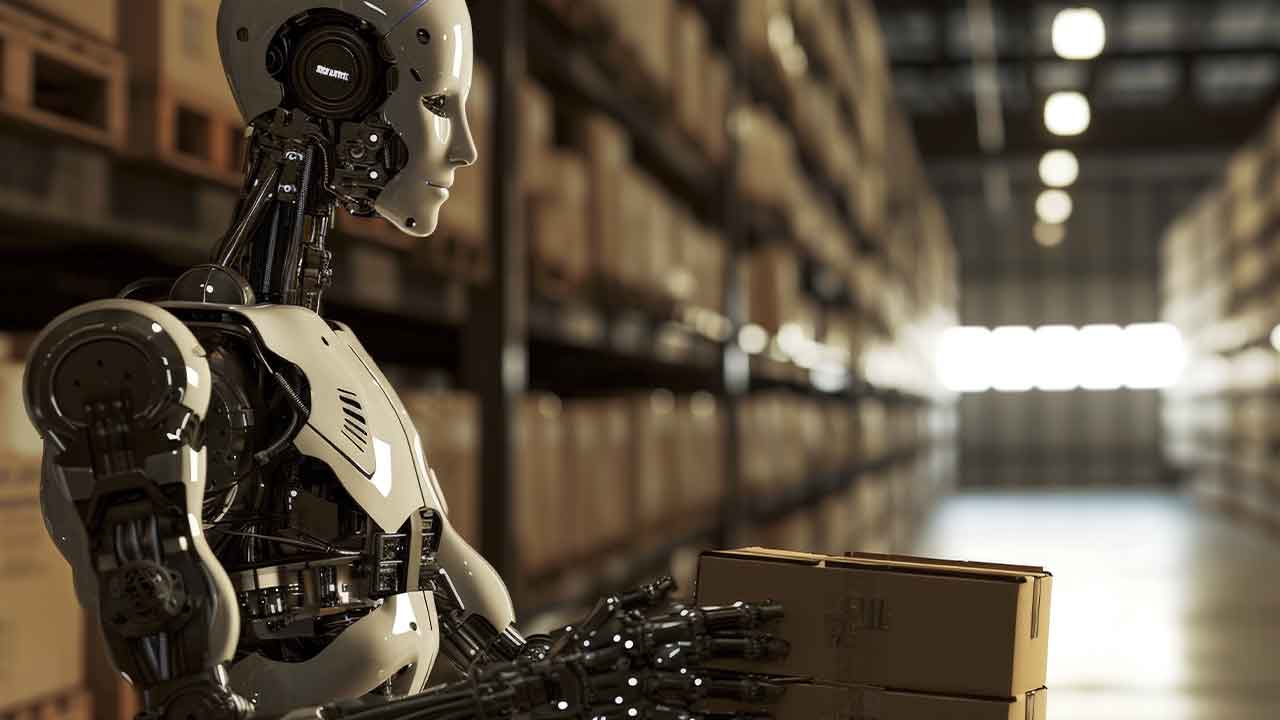What does Artificial Intelligence hold for the Betterment of IoT?
The Buzzword of 2021 is “AIoT”, which stands for a blend of Artificial Intelligence with the Internet of Things. IoT is capable of capturing tremendous amounts of data from multiple sources. However, it is a significant yet highly complicated task to process and analyze this data. Artificial Intelligence enabled IoT can empower machines to utilize this data, act intelligently and make decisions with little or no human interference.
Let’s look at the individual definitions of both technologies: AI and IoT
The IoT comprises a network of interrelated computing devices that can transmit data over a network without requiring human-to-human or human-to-computer interaction. Artificial intelligence refers to computational tools that can use human-like intelligence to perform tasks smartly. Artificial Intelligence also makes it possible for machines to understand and deep learn from previous experience and adjust to new inputs accordingly. AI is capable of performing human-like tasks in a smart and efficient manner. These two technologies, when combined, serve as a powerhouse to the digital world.
IoT powered by AI can achieve the following agile solutions:
- Fast and accurate analysis of vast amounts of data
- Deduce meaningful insights from data
- Ensure machines make “smart” and “informed” decisions to perform automatic tasks
- Enhance confidentiality, security and data privacy against cyber attacks
Why Consider AI-powered IoT?
A common thought would be- instead of going the route of using AI with IoT, why don’t we just use the cloud to capture, analyze and act on the data transmitted by connected devices?
With the sheer number of connected devices that will be set up in the near future, cloud computing’s capabilities to store this data can’t scale proportionately to match up the requirement that will be generated! Practically speaking, networks that transmit data back and forth between connected devices and the cloud are bandwidth-limited. The explosion of data created by connected devices will inevitably cause unacceptable delays in any decision made using cloud tech.
Applications, where safety is crucial (like autonomous vehicles), can’t afford such a delay caused by unreliable connectivity, high latency, and low bandwidth. The decisions to be taken in such scenarios are instantaneous and based on the changing environment around them.
For example, suppose a pedestrian or an unknown object appears on the road in front of a car at speed. In that case, there won’t be enough time for the car’s sensors to detect the anomaly, transmit this data to the cloud (provided there is a stable connection), and wait for the cloud to transmit a “STOP” response to the car. AIoT can act on this perception with instant reasoning and action to take a quick decision.
Let’s take a look at some practical use cases where Artificial Intelligence will help IoT thrive.
Key Areas in which AI can Transform IoT
#1 Agriculture
To meet the increasing demand for food and supplies by the ever-growing population, there are multiple bottlenecks to be considered; feasible climate conditions, soil and crop health, animal health, etc. With massive amounts of produce to be grown and supplied, the quality and quantity often take a backseat. Smart farming with innovative ideas and technological advancements is the need of the hour to increase yield and grow quality produce.
IoT can help farmers bridge the supply v/s demand gap by ensuring optimum use of resources for precision specific agriculture. Sensor-based systems to monitor produce, drones, intelligent vehicles, smart greenhouses and other IoT powered machinery can help farmers track and control irregularities in farming. Labour costs can be minimized by employing self-driving tractors and using data visualization tools for in-depth insights related to the produce, helping farmers make informed decisions.
More about: Smart Technology in Agriculture
#2 Autonomous Transportation
IoT backed with AI technology can enable self-driving vehicles to sense their location and other objects around them to calculate appropriate speed and directions.
Interconnectivity with warehouses, advanced route planning, appropriate delivery checkpoints will make autonomous vehicles safer and more efficient than human drivers themselves.
#3 Drone Traffic Monitoring
Traffic monitoring by drones is another practical example of using AIoT. Real-time traffic monitoring can help make adjustments to the traffic flow to avoid road congestion. This transmitted traffic data can be analyzed by AI to make decisions around how to avoid traffic congestion with adjustments to vehicle speed limits, the timing of traffic lights, and so much more without human involvement.
#4 Product Quality Control
AIoT can give store owners a holistic idea of product quality and factors that affect the same. This will empower them to make informed and smart decisions around parameters that influence product quality. For example, temperature settings, humidity controls, shelf time, etc., can be controlled to enhance food quality and shelf life.
This firm ecology of data monitoring, insightful observations and smart decisions will ensure that product quality standards are always high.
#5 IoT in the Transport and Delivery chain
Keeping in sync with the previous pointer, IoT makes it possible to understand where your food was first grown, how long it has been in the warehouse and what locations your food has visited before finally reaching your store. This not only allows you to check for food quality but also empowers your consumers with important information. IoT sensors can be used to monitor if the food is as per quality standards. If the quality of a product has deteriorated, the sensors can immediately track the same and get it disposed of before other products get contaminated due to its presence. More about Industry 4.0’s impact on the Food & Beverage industry.
#6 Financial Services
Banks and insurance companies need to maintain accurate profiles of their customers. IoT can capture a customer’s digital persona through various devices like smartphones and smartwatches. AI can then perform pattern recognition and analytical processing to categorize customers into different risk profiles. This, in turn, will help financial institutions to respond and meet any possible customer request quickly, cater to personalized solutions, and help clients plan their future portfolios.
#7 Retail Industry
Data obtained from AI systems and IoT-managed connected network devices can help companies to create personalized shopping experiences for their customers based on various demographics. For example, a smart camera system equipped with computer vision and facial recognition capabilities can identify customers as they walk into the store. If the system identifies most customers as “Millennials”, it can communicate with the in-store digital billboards to advertise products that appeal to that demographic, thereby increasing sales. Smart devices will be able to detect a customer’s buying patterns in order to craft optimal prices for the customers, along with promotional offers and product recommendations, while effectively managing the supply chain to tackle demand surge during rush hour.
#8 Healthcare Industry
In the medical field, research data is increasingly being generated by wearables and connected devices (think apple’s smartwatch). AI and IoT are playing a significant role in integrated electronic health records, smart medical equipment, facility and healthcare assets, and so much more.
AI and IoT work together for the interoperability and data exchange between all healthcare facility centres, thereby helping facility operators to have a clear, precise view of what is happening within the facility in real-time. Examples of where a blended AI+IoT approach is used include Real-time Health Systems (RTHS), robotics in healthcare, smart beds, smart medical devices within the cardiovascular arena, remote healthcare monitoring and so on.
Advantages of AIoT
#1 Better Operational Efficiency
AIoT models can predict operating conditions and identify parameters to be adjusted to reach ideal outcomes without any human intervention, thus contributing to operational efficiency.
#2 Improved Product Quality
Incorporating Natural Language Processing (NLP) to communicate with machines, AI-controlled drones, and robots can help check on and improve the quality of existing products.
#3 Risk Management
IoT and AI-powered devices empower organizations to understand and even predict risks well in advance and automate a rapid response to the same.
Examples of AI-powered IoT Devices
Tesla’s Self-driving Cars
This self-driving vehicle is one of the most common and famous examples of AI-powered IoT in work. What’s unique about this vehicle is that whenever one car learns some new information, it is passed on to all the other cars. This is then used to predict the behavior of vehicles and pedestrians on the road in various circumstances.
Smart thermostat by Nest Labs
Nest Labs’ Smart Thermostat uses IoT for temperature checks and device control from anywhere using a smartphone integration. The thermostat understands the temperature preferences of a user and also their daily schedule. Using this information, the device adapts accordingly to provide an optimal temperature and maximum energy savings. What makes it a hit among the people? Its ease of use and smart technology!
AI and IoT: In Conclusion
The Future of the Internet of Things is Artificial Intelligence. In fact, Business Insider predicts that there will be more than 64 billion IoT devices worldwide by 2025.
What an exciting time it is to live! With multiple advancements in Artificial Intelligence, IoT powered communications and analytics, AIoT is taking over almost every domain of technology. Capital wise- the declining costs of hardware have made it feasible to embed sensors in just about any device. Both these technologies, when combined, create intelligent machines that demonstrate rational behavior and support in decision making with little or no human interference.
About the Author
 This article was written by Sanjeev Verma, the founder and CEO of Biz4Group, based out of Orlando, FL the United States. He has conceptualized the idea of Biz4 Brand and founded Biz4Group, and Biz4Intellia. He has 20+ years of experience in boosting IT-based start-ups to success. In the past, he has worked on leadership positions with Marriott Vacations, Disney, MasterCard, Statefarm, and Oracle.
This article was written by Sanjeev Verma, the founder and CEO of Biz4Group, based out of Orlando, FL the United States. He has conceptualized the idea of Biz4 Brand and founded Biz4Group, and Biz4Intellia. He has 20+ years of experience in boosting IT-based start-ups to success. In the past, he has worked on leadership positions with Marriott Vacations, Disney, MasterCard, Statefarm, and Oracle.



